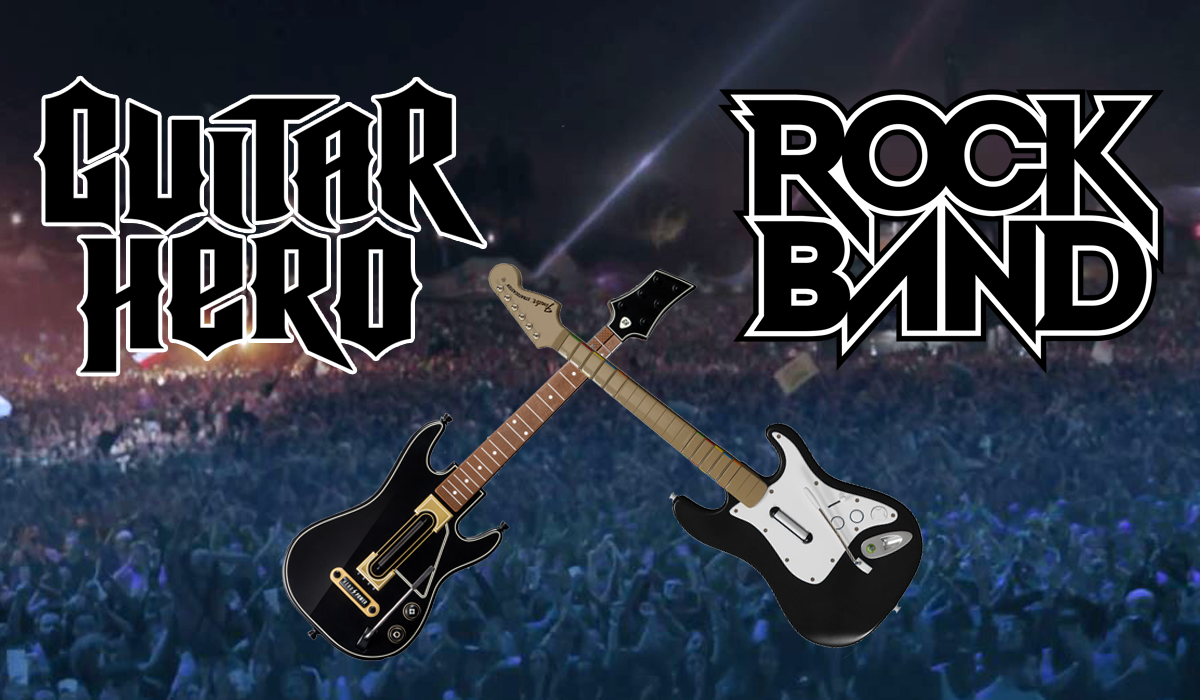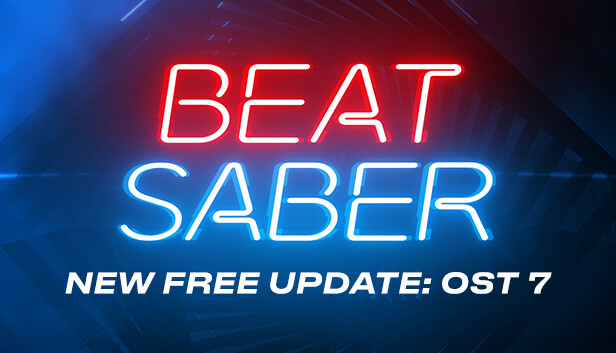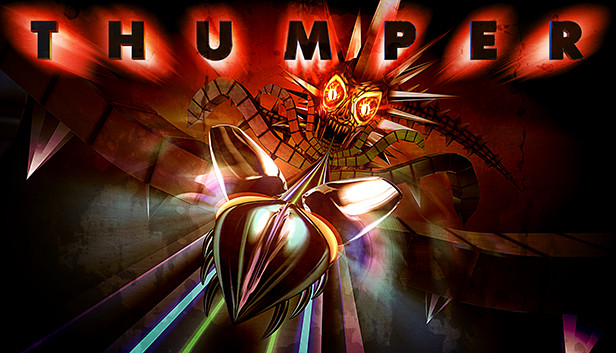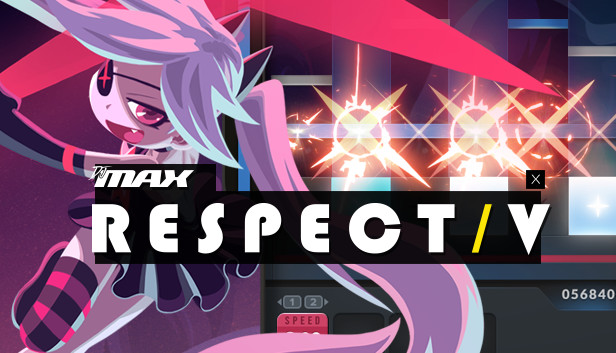9 best rhythm games for musical timing
Last Updated on June 1, 2024 by Jhonni Jets
Rhythm games are a fun and engaging way to improve your sense of timing and coordination to a musical beat. By pressing buttons or tapping the screen in sync with repeating patterns and songs, these games give you real-time feedback on your ability to keep time. Regular practice with rhythm games has been shown to enhance timing, discrimination between sounds, and overall musicality over time. Here are 9 of the best rhythm games available that can help strengthen your feel for rhythm and pulse.
Guitar Hero/Rock Band Series

The Guitar Hero and Rock Band games brought rhythm gaming into the mainstream by simulating playing rock music icons like guitar, drums, and vocals. Players “strum” color-coded scrolling notes on a plastic guitar-shaped controller in time with songs. These games introduce rhythm fundamentals like following a beat, matching pitch and rhythm, and developing dexterity. Through hundreds of licensed songs across all skill levels, they inspire musicianship while building brain-body coordination. Even non-musicians enjoy learning the skills of their favorite rock gods. Despite being discontinued, used versions remain accessible entry points into rhythm gaming fun.
Dance Dance Revolution

Dance Dance Revolution is a classic arcade and console game where players match their feet movements to arrow directions shown on-screen. It requires agility, focus, and split-second timing to hit each arrow in rhythm. DDR paved the way for modern dance games and boasts an immense catalog including pop, rock, and worldwide music. Regular play enhances coordination, reflexes, cardio fitness, and develops “muscle memory” for rhythm patterns. Mastering advanced and double-speed songs proves dedication while burning calories. Community and competition bring people together around upbeat music. DDR remains one of the most physically engaging rhythm games ever created.
Taiko no Tatsujin

Taiko no Tatsujin, meaning “Taiko Master” in Japanese, simulates playing the giant drum known as a taiko. Players use bamboo drumsticks to strike large buttons on a arcade-style controller in time with songs. notes scroll towards targets that must be hit with perfectly-timed strikes. The game immerses players in the high-energy world of Japanese taiko drumming with a massive library of songs spanning many styles and eras. Mastering fast-paced rolls and fills challenges coordination at the highest levels. Novice players discover rhythm basics while enjoying vibrant animations and cultures. The intuitive, physical drumming motion pairs well with any music genre to instill rhythmic accuracy. Taiko is a family-friendly yet deep experience perfect for all ages and backgrounds.
Beat Saber

Beat Saber took the VR world by storm in 2018 as a revolutionary new way to experience rhythm gaming in an immersive 3D environment. Players wield colorful lightsabers to slice through rhythmic sequences of oncoming blocks to the beat. Complex patterns span multiple directions, requiring split-second reaction time and full-body motion. Songs range from electronic dance music to pop hits, keeping players engaged through hundreds of tracks. The game quickly became a go-to workout as intensity scales with difficulty. Community mashups, workshops, and leaderboards brought players together in competitive fun. Beyond gaming, Beat Saber shows potential for music therapy, rehabilitation, and general wellness. Its innovation sparks new horizons for interactive music experiences in virtual reality and beyond.
Osu!
Osu! originated on PC in 2007 and remains one of the largest and most diverse rhythm games. Players “click” circles that approach the cursor in time with a wide music selection. Deceptively simple, Osu! scales immensely with skill through expertly designed beats, jumps, streams, and spins. The Osu! Standard mode resembles Guitar Hero while other gametypes simulate drumming or the Japanese taiko drum. Competitive ladder rankings and achievements inspire mastery. Unique among rhythm titles, Osu! welcomes thousands of player-made “beatmaps” synced to any song. This grassroots community constantly updates the game, preserving it as timelessly replayable. Osu!’s precise yet fluid mouse controls fine-tune coordination, dexterity, accuracy, and sightreading with music. It reigns as eSports’ highest APM skill cap, developing musicians at every level.
Frequency

Frequency took a novel approach to rhythm gaming with its 2012 released. Rather than matching notes, players dynamically alter the pitch and timbre of looping ambient soundscapes by touching colored pegs on a virtual circuit board. Seamlessly blending gameplay into sound design, every action directly impacts the sound in mesmerizing ways. Players solve sound puzzles by evolving harmonious melodies across 25 levels and pieces. Unique among its peers, Frequency focuses on developing musical intuition rather than strict timing. It teaches listening skills, sound manipulation, and sonic problem-solving to encourage creativity. Frequency soothes as much as it challenges, carrying players into meditative states to experience music from a producer’s perspective. Over a decade later, its elegance lives on to inspire unconventional interpretations of the rhythm game formula.
Thumper

Thumper launched a new wave of “rhythm violence” games in 2016 with its intense blend of speed, precision, and psychedelic visuals. Players control a space beetle accelerating down a track to execute time-sensitive inputs across 9 brutal boss battles. Violent impacts happen for even microsecond timing mistakes, raising stakes to nail each jolt and slide to the pulsing industrial soundtrack. Its hypnotic, minimalist style draws players deep through escalating difficulties and New Game+ modes. Beyond danger, Thumper finds rhythm-based meditation to attain flow states. It proves how innovation progresses the genre by reimagining mechanics through claustrophobic threat. Thumper remains a cult classic emphasizing perfection, reaction, and risk-taking to push human timing to its limits.
Voez

Voez brought portable rhythm gaming to the next level after its 2015 mobile release. Players seamlessly tap, hold and swipe their fingers across colorful falling patterns synced to K-pop, anime music and international hits. Complex streams, holds and precise timings challenge even experts across 9 game modes. Stylish character and song selections appeal to music and visual novel fans. Voez distinguished itself through buttery-smooth 60 FPS touch controls optimized for smaller screens. Its accessibility invites beginners while mantaining intense high-level charts. Constant free updates sustain over 500 songs for endless practice anywhere. Voez proved rhythm games transcended consoles by engaging casual players online and at public live events worldwide. It set the bar for refined touchscreen rhythm perfection on a handheld format.
DJMax Respect

DJMax Respect took the venerable music game franchise into new technological heights with finessed controls across multiple systems. Players unleash lightning-speed cuts and backspins on upbeat K-pop hits using stylish button combinations. Its marquee “Another” mode seamlessly imports custom songs from PC versions into console releases. Beyond music and skill mastery, Respect players bond through online leaderboards, co-op and versus modes. Creative editors sparked years of fan content extending gamelife. As esports evolved, Respect championships showcase precision dexterity at its highest echelons. The series pioneered new revenue models to fund constant content for super dedicated communities. Over two decades, DJMax set standards for reactive gaming, adaptive soundtracks, cross-media storytelling and multiplayer that influence the industry today.
In conclusion, rhythm games have evolved tremendously across genres to become much more than “button mashers.” From iconic classics to technical innovations, each title highlighted deepens connection with music through challenge, coordination and developed senses like timing, flow and dexterity. Regular practice enhances neural plasticity to absorb rhythmic languages while training intrinsic skills transferable outside gaming. Most importantly, rhythm titles bring people together in positive communities around the universal joy of set to a beat. No matter the system, these games remain proven ways to strengthen musicality through interactive replayable fun.







